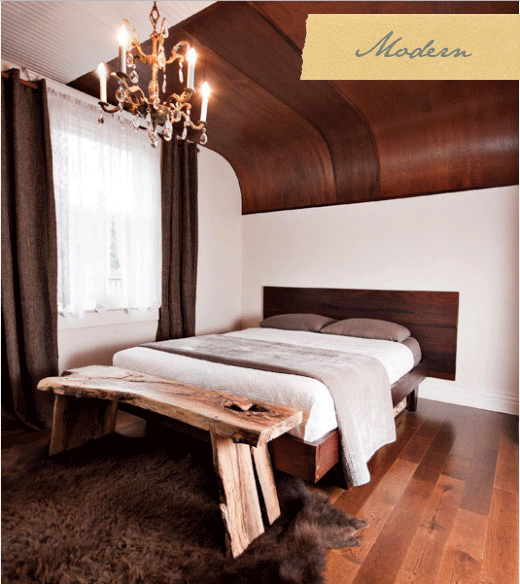Today is a rarity here in Turks and Caicos; a grey, overcast, cool day perfect for landscaping and an opportune time to finish a few last touches to a major summer project at
Fleur de Lys Villa. A year ago I blogged a few
before-and-afters showing just how far the villa had come over the course of five years. Take a peek there and one can plainly see how a house in the Caribbean is simply not a home until you have a yard. I sincerely hope that our landscaping mistakes and naivety (introduced in
this post) can act as a learning tool for others who are in the same predicament, or are about to sink their shovels in on their own project.
Villa before the finished entrance in 2007. A change of mind on the driveway placement lead to unnecessary clear cutting in the front.
When we built the villa we had a solid knowledge foundation with regards to construction and about zero when it came to landscaping. With a home designed around a central courtyard and whose very essence is all about enjoying the great outdoors, our yard was elevated to numero uno on the priority list. Our first mistake: clearing too much of the indigenous bush. When we began construction I did not have the appreciation of the beautiful TCI bush that I do now. Now I am educated on just how rare and lovely our
Tropical-Dry-Forest really is. As soon as one realises the amount of labor, love, and pocket money it takes to keep a single plant, flower, shrub, or tree happy and healthy over the course of it's lifetime, one knows to LEAVE ALONE what is already there and thriving! Leave alone what is already rooted and acclimated and most likely a home to all kinds of species if you just take a moment to study it. Mother Nature put it there for a reason, and unless it's an
invasive-species or harmful/poisonous, it is providing a vital function in it's given environment.

September 2006
Our second mistake; hiring a pricey landscaper. We thought we had the best in the business, a well reputed, long established company with loads of impressive contracts in their portfolio. Turns out we two DIY'ers would have been far better off to save our money and simply take things slowly, seek advice from neighbors, friends, and the professional/environmental enthusiasts at the
DECR. Within the first year we had; ripped out the courtyard grass the landscaper talked us into which never took and had us tracking mud into every room in the house, removed the mulch that invited termites onto the property, and transplanted dozens of ficus placed along the exterior walls when we discovered how
aggressive their root systems are and that our plumbing pipes were soon to be targets. The following two years were filled with several casualties; two large coconuts who caught lethal yellowing, $1400 worth of yellow allamanda smothered by macho ferns, and firecrackers that didn't survive the attempt to save them from feet climbing in and out of the hot tub. There were also many more transplants, some out of necessity such as the mahogany who began to be crowded by a large coconut, and others out of aesthetic, like the dozens of fountain grass we thought would look great near the pool until they bloomed . . . and sent their feathery seed pods swimming. Then there was the massive undertaking of converting all of the
spray-irrigation to
drip-irrigation after researching ways to conserve water and finding out that the later is
90% effective in comparison to the formers 30-50%. I strongly suggest to everyone in the Caribbean, where water is a precious resource, install drip systems to every applicable area. It will save tons of water and a great deal of money over the course of time.

Courtyard in 2009
If you do hire a landscaper, do your homework! Inquire with a client they don't include in their portfolio, someone you may know who has a project similiar to yours. Take an evening to google the species on their estimate and make certain if you find any negative characteristic, ask the lansdcaper if those possibilities are applicable here in the Turks and Caicos. Request drawings and reasonable projections for what your yard will blossom into 5 years from now, 10 years, and even 20 down the road. If we would have had this foresight, we never would have allowed an olive tree to be planted in the courtyard. For three years we watched her grow from a skinny little stick (as shown in the 2006 image above) into a gorgeous
Shady Lady. This lady and her neighboring
tabebuia friend pictured above, had the courtyard looking absolutely beautiful, that is if you swept it every hour on the hour! That's right, these two were quite the lookers but what mess makers! They shed so much that the spa, the prized water feature and focal point of the courtyard, was kept under cover for the last two years, creating an eyesore versus the serene sight we intended. We thought of how much time we had spent sweeping, digging leaves out of the gutters, carefully raking the planters so as not to disturb the delicate peace lilies and other plants, and knew that something must be done.

2008, native stone replaced the impractical grass
After weeks of brainstorming possible solutions, we looked around at the covered hot tub, the leaf littered courtyard, the native stone buckling from the expanding roots of both the
Schefflera and the
mahagony (which had also begun to shed daily in the pool) and we decided with very heavy hearts, to make some very big changes.
September 2011, in the middle of the transplant
Stay tuned for the "after" images in Part 2!































